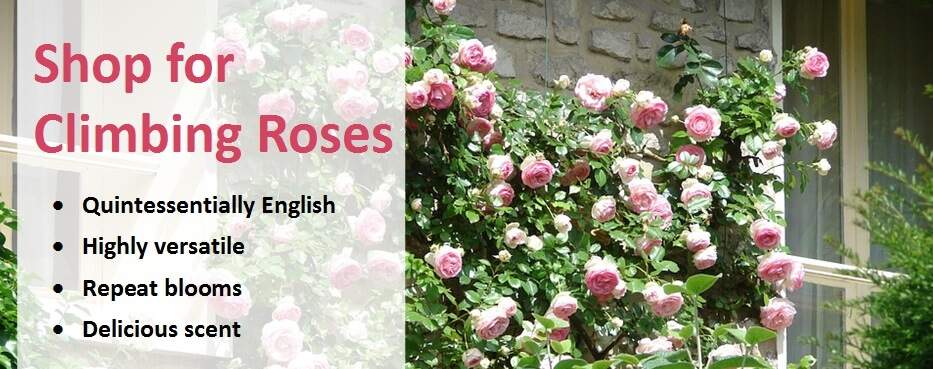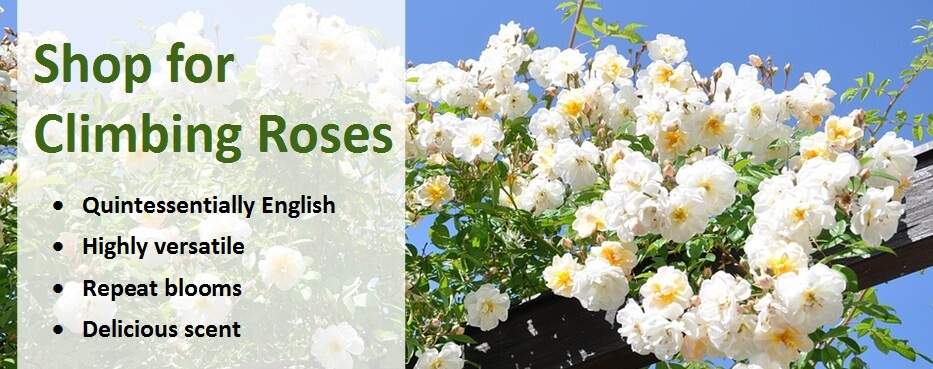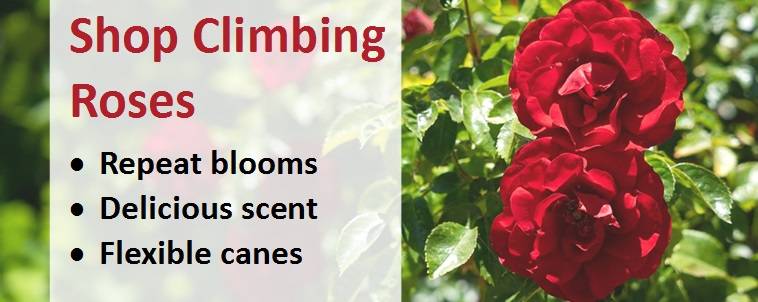Guide to Climbing and Rambling Roses
Climbing roses are quintessentially English and highly versatile - strong growing varieties are ideal for covering decorative obelisks, arches, walls, trellises and fences whilst shorter varieties can be trained around poles and tripods to form 'pillars'. Their flexible canes make them easy to fan out and as their growth is not too vigorous, they will not overwhelm their support structure. They will provide superb repeat blooms and a delicious scent, making them great for adding height, colour and perfume to your garden. There are also the larger, more vigorous rambling roses, which are best in bigger gardens to cover unsightly buildings or grown through trees to provide a magnificent summer display. Climbing roses are non-clinging so require support and it is important they are tied in and well-secured to their structures.
Selecting a Climbing Rose
Selection is very much a matter of personal taste but an important distinction to understand in more detail is the difference between climbing and rambling roses.
Climbing vs. Rambling Roses
The main difference between climbing roses and rambling roses is that climbers tend to bloom repeatedly from summer through to autumn, whereas ramblers usually only have one intense flowering period of about 6 weeks on the previous year's wood, typically starting in June. Ramblers are more vigorous growers than climbing roses, making them more suitable for covering large areas but can be a bit unruly in smaller gardens. Climbers grow less vigorously and to a smaller size (typically 2-3 metres). Ramblers tend to be more shade tolerant than climbing roses, whereas climbing roses love the sun.
Only choose a rambler in a smaller garden if you're confident you will have the time to control it and really want an intense blast of flowers in June, rather than a more measured display spread across the summer and autumn that climbing roses will offer. If you have the space, a good combination is a rambler planted close to a repeat flowering climber.
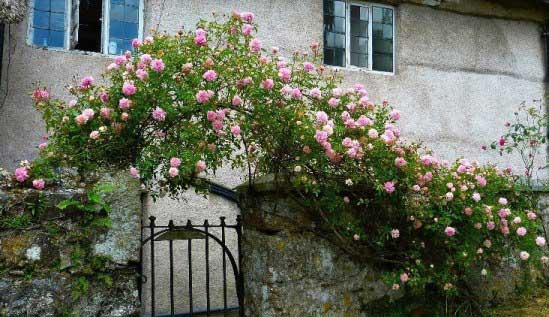
Planting Advice
When to plant
Containerised roses can be planted at any time of the year, although from the beginning of autumn to early spring is best as this is when they are dormant. Do not plant your new climbing or rambling rose if the ground is frozen or waterlogged. If the conditions are not appropriate, keep containerised plants in an unheated outbuilding and 'heel in' bare root roses by digging a trench in ordinary garden soil and placing the roots inside, covering with soil and firming down. Provide additional fleece protection if conditions are particularly harsh.
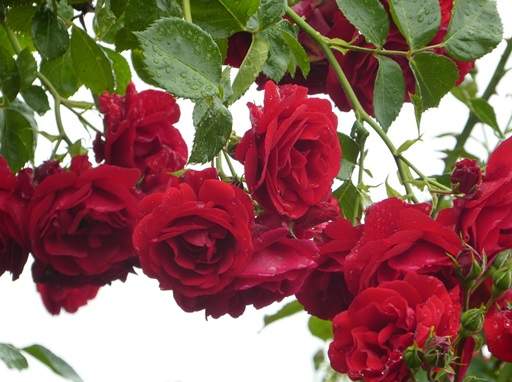
Choosing a Site
Climbing roses like to be grown in a sunny position that is sheltered from strong winds. They will not succeed in shade or if crowded by other plants. A well-drained soil is preferred as they do not typically cope well with wet ground. If your garden naturally lies wet, incorporate some sand or coarse grid and organic matter when planting to improve drainage. Planting against a wall will encourage climbing but be sure to position the roots at least 30cm (1 foot) away from the base of the wall as this is often very dry. You can then lean the stems towards the wall, supporting them with canes if needed, then train them in the way described below.
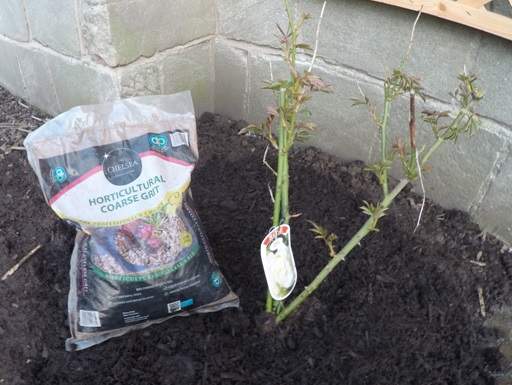
Planting
Double-dig the soil before planting to eliminate compaction and ensure it is well aerated. Dig your planting hole wide enough to comfortably accommodate the roots and deep enough so the graft will rest at soil level (to spot the graft point look for a bulge at the base of the shoots). Spread the roots across the planting hole and backfill using a mix of the dug soil plus plenty of well-rotted organic matter such as garden compost, recycled green waste or manure. We also recommend mixing in a generous helping of rose feed as roses are heavy feeders. Firm the soil down and water well. If growing several roses together, plant them 180cm (6 foot) apart.
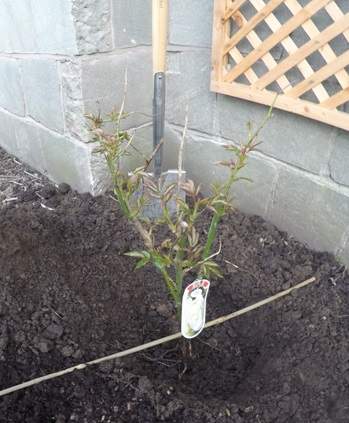
Growing Roses in Containers
Roses also grow well in containers, which is a good option if you have a heavy clay soil or just want to add a splash or colour to the patio. Choose a deep container to accommodate the rose plants deep tap root system (except for miniatures where you will get away with a smaller pot). Choose a loam-based compost such as John Innes No 3, water well and top-dress with rose fertiliser each April. All other planting steps are the same as for growing roses in the ground (see above) but you'll need to pay special attention to feeding your rose using rose feed or another high potassium fertiliser regularly during the summer flowering period.
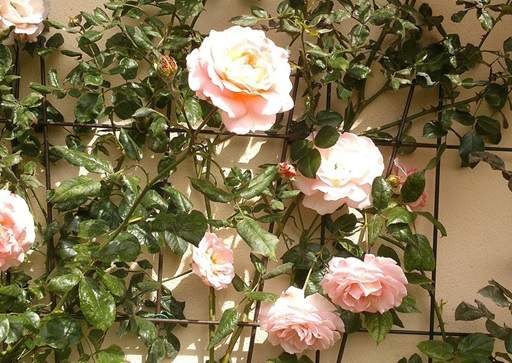
Training Climbing Roses
Climbing roses are not self-clinging so need a support structure such as a trellis or horizontal wires. Your roses will also flower better if trained as bending and twisting the stems slows down the flow of sap and promotes more flowering shoots. Training is best done in the autumn before stems become too stiff and less malleable.
Make sure you start with the right equipment - thick gloves, goggles and a sharp pair of secateurs are essential. Next, ensure you have an appropriate support structure such as an obelisk, arch, wall, trellis, pillar or fence. If necessary, install a system of horizontal support wires with the first 45cm (1 foot) above the ground, then a further 3-4 wires at 30cm (1 foot) intervals, leaving about 7-10cm between the wall and the wires to allow for air circulation.
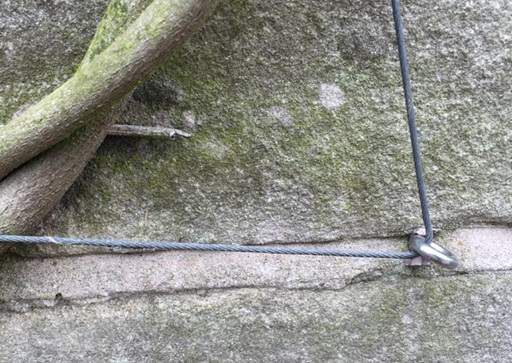
Fan out the stems, curl them around your support structure/wires and tie them in using string where needed. You want to train the main shoots horizontally to start with, then upwards to create a well-balanced framework of branches and encourage lateral flowering side shoots. The closer your main stems are to horizontal, the more flowers your rose will produce. Training horizontally also helps prevent any legginess and will foster a spreading growth habit. If you are growing up an arch, twist the shoots back and forth to give you lots of horizontal growth.

If the main stems are slow to branch during initial training, tip prune them to a strong bud to encourage the development of side shoots. To help develop a taller climber more rapidly, remove some of the shorter twiggier stems from the base. Typically it takes climbing roses about two to three years to become well established and reach full height.
Garden Care
Pruning - Climbing Roses
Correctly pruning your climbing roses will encourage the development or strong new shoots to replace older, depleted stems, plus improve the summer flower display. Prune from late autumn to winter, after the flowers have faded (December to February is best) and preferably when the rose is not in leaf, as this will make it easier to see what you are doing and encourage vigorous growth in the spring. We do not usually recommend any pruning for the first 2 years (except removing dead, damagedor weak stems), but the steps below will serve you well after this time.
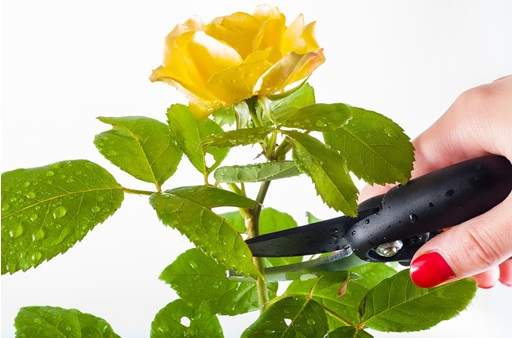
Start by removing all dead, diseased and damaged stems. Next, shorten any long, sprawling shoots or tie them in to prevent damage from strong winds. Main leaders should be cut back just slightly and flowered side shoots reduced to about 6 inches, or two-thirds of their length. If your plant becomes heavily congested, cut out one-third of the oldest branches from the base to improve air circulation and encourage new growth. Always follow the rule of making a clean cut at an angle above a bud, with the cut facing the direction you want the new shoot to grow.
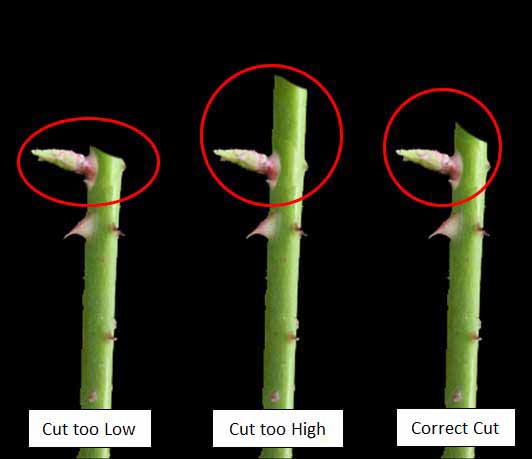
Make sure you don't make your cuts too low or too high above the bud
Pruning - Rambling Roses
Prune and train your rambling roses in late summer by cutting out some of the oldest stems at the base. Then fan out the remaining branches along your wires or support structure, following the training steps above. We would recommend removing one third of the oldest shoots to the base once your rambler has covered its entire support, to encourage it to rejuvenate and replace old wood with strong new branches. Shorten side shoots to leave 2-4 strong buds and tie in remaining stems to form a balanced framework.
Watering, Feeding and Mulching
Water well in the first couple of years, especially if planting in a shady or dry place. Do not mulch your rose in its first year but top dress with an organic matter such a well-rotted garden compost, manure or green waste thereafter. Roses are greedy plants and will need plenty of potash in particular to produce good blooms. Spread a granular rose feed over the soil around your roses before mulching in spring. Make sure neither the fertiliser nor the mulch get too close to the stems.
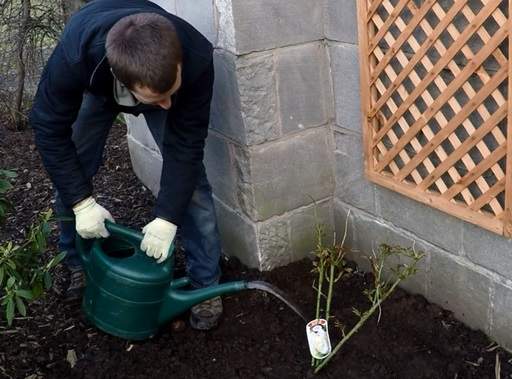
Deadheading
Dead-head climbing roses throughout the summer and autumn to encourage more flowers. Stop dead-heading at the end of autumn if your climber is still flowering at this point to avoid encouraging new growth that would be vulnerable to frost damage.
Pests and Diseases
Climbing roses tend to be highly bred so may be more prone to the fungal disease black spot. The best preventative steps are to mulch regularly or under-plant with low ground cover bushes such as lavender. If your rose does suffer from black spot, treat with a fungicide spray. We only stock roses with a good level of disease resistance, so you don't have too much to worry about.
Best Climbing Roses
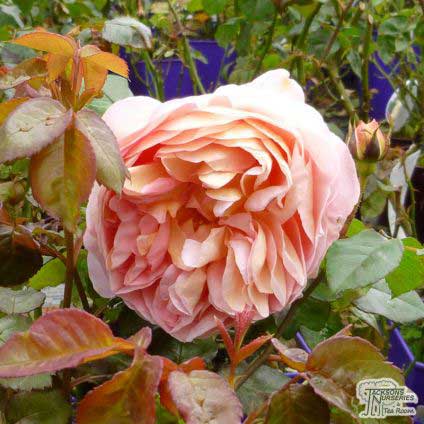 |
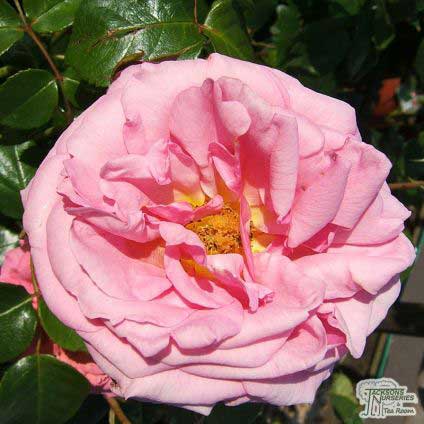 |
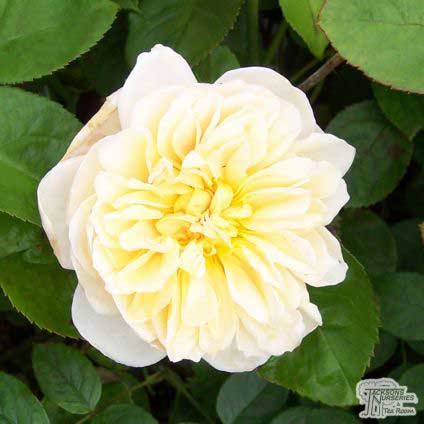 |
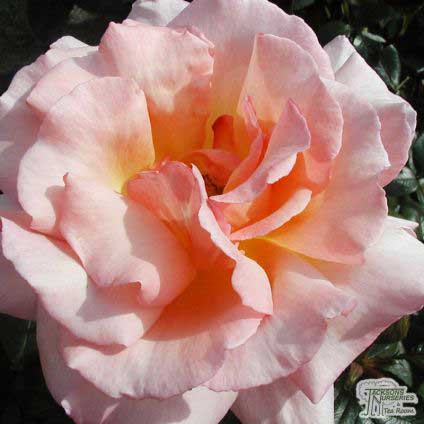 |
| Rose Abraham Darby | Rose Aloha | Rose Charlotte | Rose Compassion |
- Rose Abraham Darby - showy, repeat-flowering English rose studded with large, fully double, deeply cupped, soft peach-pink blooms from July to October.
- Rose Aloha - sweetly-scented, fully double rose-pink to salmon pink blooms above dark green leaves.
- Rose Charlotte - large, glossy leaves and pale yellow roses, with pink tinged edges.
- Rose Compassion - beautiful, fully double, high-centred soft apricot to salmon pink blooms with an outstanding, sweet scent emerge from well-shaped buds between June and August.
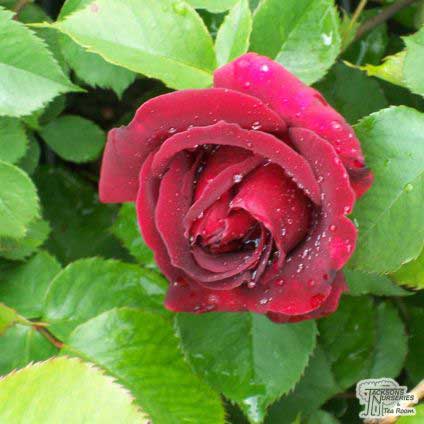 |
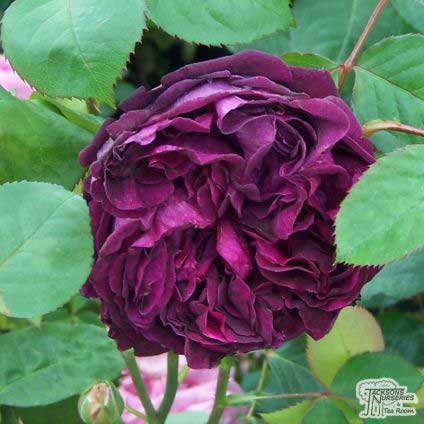 |
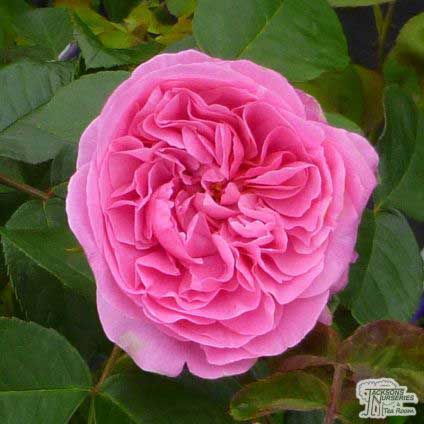 |
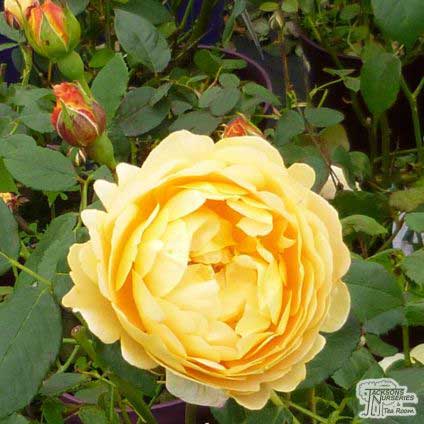 |
| Rose Etoile De Hollande | Rose Falstaff | Rose Gertrude Jekyll | Rose Golden Celebration |
- Rose Etoile De Hollande - large, fully double, hanging, deep crimson blooms with a seductive, heady Damask fragrance that appear repeatedly throughout the summer.
- Rose Falstaff - powerful old fragrant rose which is one of the best purple/crimson varieties by Dave Austin
- Rose Gertrude Jekyll - large, fully double, cup shaped, glowing deep pink blooms emerging from fat, eye-catching buds, releasing an outstanding, old-fashioned damask fragrance as they open.
- Rose Golden Celebration - stunning, golden-yellow, fully double, cupped blooms with apricot centres.
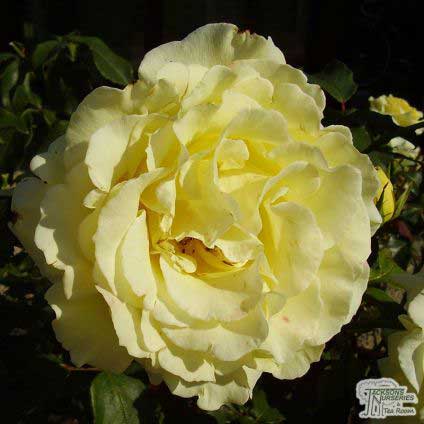 |
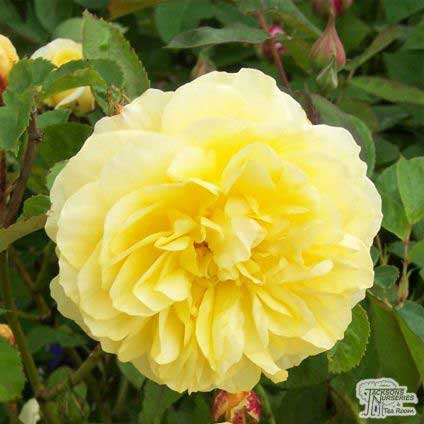 |
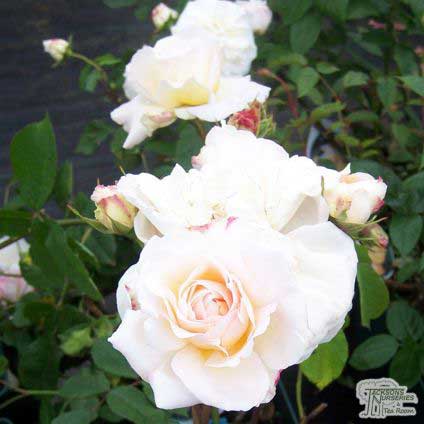 |
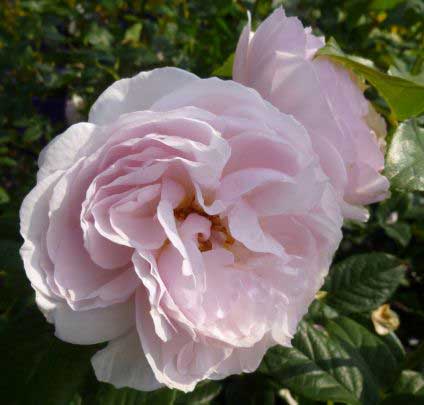 |
| Rose Golden Showers | Rose Graham Thomas | Rose Gruss An Aachen | Rose Heritage |
- Rose Golden Showers - stunning, large, double golden blooms in loose clusters from July to first frost.
- Rose Graham Thomas - handsome, old-fashioned, cupped, paeony-like blooms with a unique, deep golden-apricot colour emerge from attractive, apricot-pink buds from early summer to late autumn.
- Rose Gruss An Aachen - beautiful rose with large, fully double cup-shaped, pearly pink blooms, releasing a light fragrance as they open.
- Rose Heritage - deciduous English rose from the David Austin collection, bearing medium-pink, double to full blooms, with a strong and fruity fragrance.
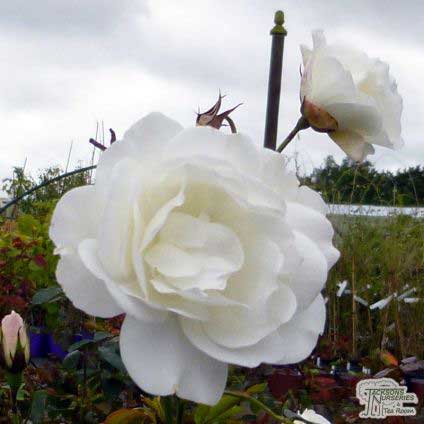 |
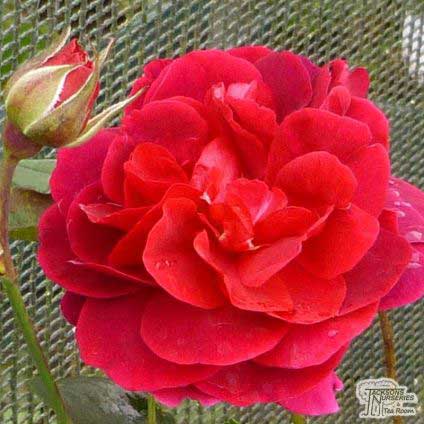 |
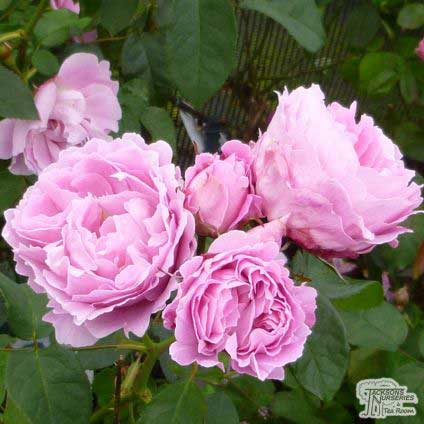 |
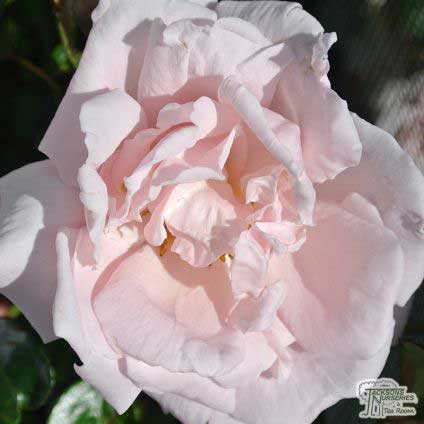 |
| Rose Iceberg | Rose L.D. Braithwaite | Rose Mary Rose | Rose New Dawn |
- Rose Iceberg - sweetly-scented sprays of flat, fully double, glowing white flowers emerge from shapely, pink-tinged buds between July and October. Climbing form of the most popular white floribunda.
- Rose L.D. Braithwaite - English rose from the David Austin collection, with strong, old rose fragrance (which develops with age), and crimson red, very double bloom form, which flowers in summer and autumn.
- Rose Mary Rose - one of the most reliable robust and fragrant ‘Old English’ roses. Honey and almond scented pink rose, medium sized blooms, are borne on a well shaped medium sized twiggy frame.
- Rose New Dawn - produces an abundance of semi-double, shell-pink, cupped blooms which are borne in large trusses repeatedly from June to July above shiny, mid-green deciduous leaves.
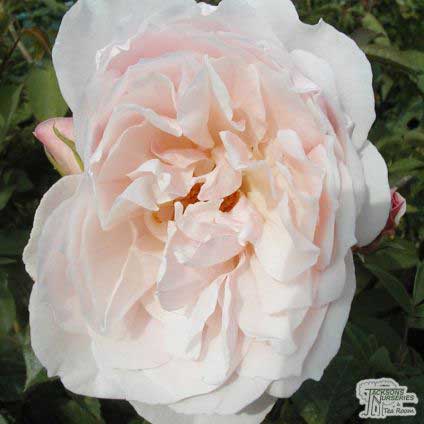 |
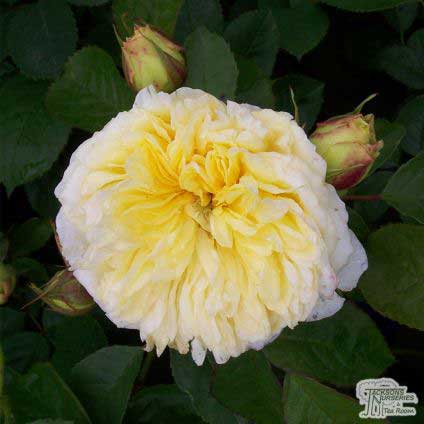 |
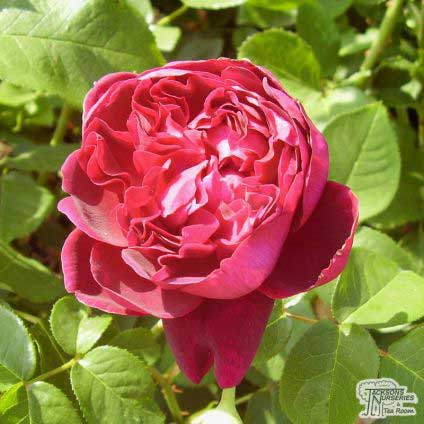 |
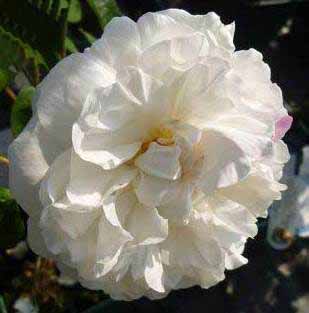 |
| Rose The Generous Gardener | Rose The Pilgrim | Rose William Shakespeare | Rose Winchester Cathedral |
- Rose The Generous Gardener - fully double, soft pink blooms with a strong and delightful fragrance. Bred by David Austin with excellent disease resistance.
- Rose The Pilgrim - gorgeous, large soft buttery yellow rosette shaped blooms with a beautiful fragrance.
- Rose William Shakespeare - stunning crimson red blooms, which deepen to a dark purple as they mature, opening as a deeply cupped rose, and then shallowing to a wider bloom.
- Rose Winchester Cathedral - an abundance of fully double, cupped, pure white blooms emerge from attractive, pink-tinged buds across the entire shrub from July to September.
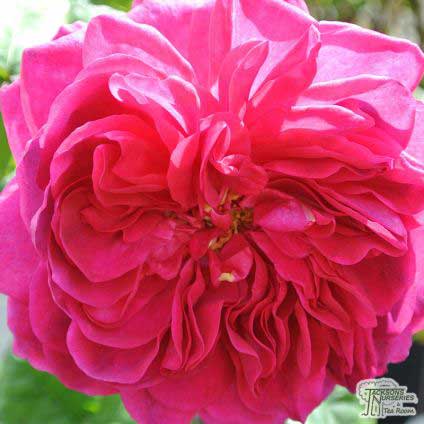 |
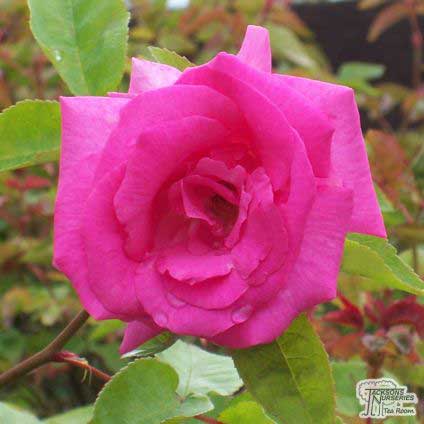 |
| Rose Young Lycidas | Rose Zephirine Drouhin |
- Rose Young Lycidas - attractive rose that offers a pop of colour in the form of large, purplish-pink flowers which carry a strong fragrance.
- Rose Zephirine Drouhin - produces lavish, loosely cup-shaped, semi-double deep carmine-pink flowers with a lovely sweet fragrance across the whole plant from June until first frost.
Best Rambling and Groundcover Roses
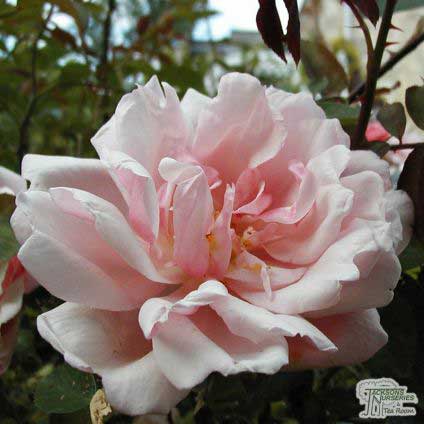 |
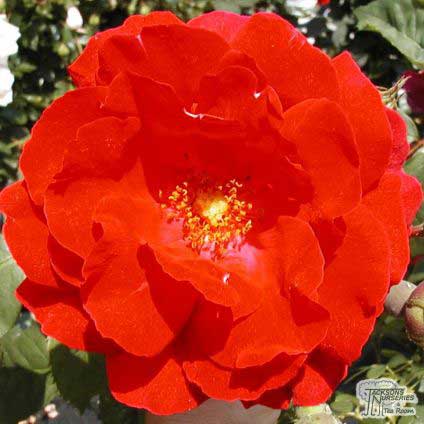 |
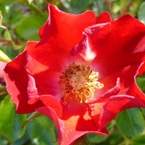 |
|
Rose Albertine (Rambler) |
Rose Paul's Scarlet (Rambler) |
Rose Suffolk (Groundcover) |
- Rose Albertine - popular, vigorous rambler producing a lavish display of large, loosely double, soft coppery-pink blooms from mid- to late summer.
- Rose Paul's Scarlet - sweetly scented, cup-shaped, fully double scarlet blooms which appear in abundance on stiff, thorny stems from June to July.
- Rose Suffolk - low growing, deciduous groundcover rose which produces single, beautiful scarlet-red blooms throughout summer and autumn.
-
Plant Guides
- Guide to Bamboo Plants
- Guide to Climbing Plants
- Guide to Climbing Roses
- Guide to Conifers
- Guide to Floribunda Roses
- Guide to Fruit Bushes
- Guide to Fruit Trees
- Guide to Garden Ferns
- Guide to Garden Shrubs
- Guide to Heather Plants
- Guide to Hedging Plants
- Guide to Herb Plants
- Guide to Herbaceous Perennials
- Guide to Hybrid Tea Roses
- Guide to Japanese Maple Trees
- Guide to Ornamental Grasses
- Guide to Rhododendrons
- Guide to Topiary
Share this page:

